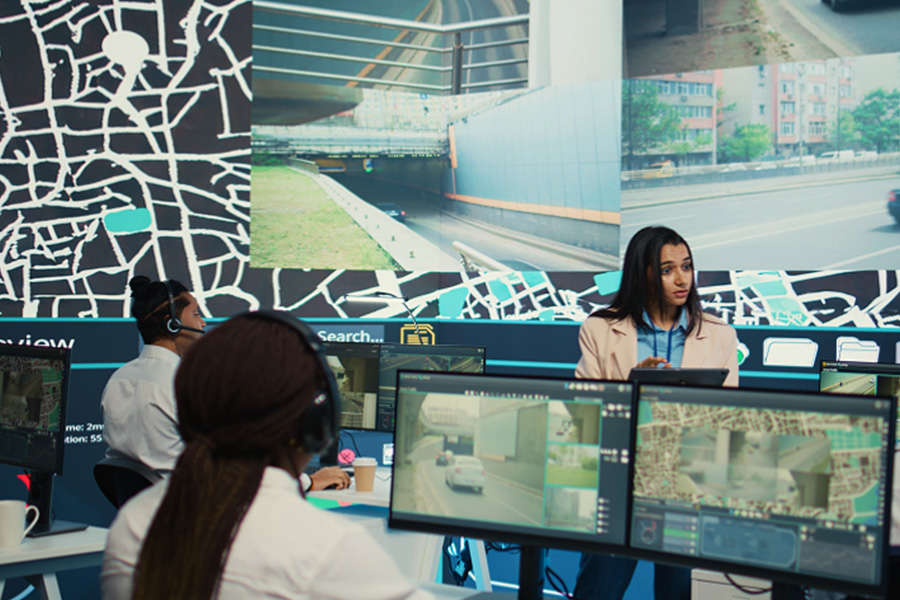The ability to see and act on information in real time is critical in any high-stakes environment.
A command control centre, for one, must process vast amounts of live data across multiple sources—security feeds, operational dashboards, environmental sensors, and communication networks—all at once.
This reality underscores the necessity of a command and control video wall. Otherwise, without a unified visual platform, operators may be left piecing together fragmented inputs.
Discover more of why integrating a command and control video wall is a baseline necessity for any facility serious about performance, accuracy, and responsiveness.
Unifying Real-Time Data for Operational Clarity
A command control centre is only as effective as the information it presents. Operators need access to live feeds, dashboards, GIS overlays, surveillance footage, and incident alerts—often simultaneously. A command and control video wall consolidates multiple data sources into one cohesive visual plane, ensuring teams see the full operational picture in real time. Operators are left to juggle between disconnected monitors and systems without this centralised view, which can lead to oversight, delayed reactions, and costly mistakes. The video wall acts as the focal point of decision-making, eliminating guesswork and improving data correlation across departments.
Enhancing Collaboration and Speed in Critical Scenarios
Fast-paced environments demand fast, informed responses. A well-integrated command and control video wall facilitates seamless collaboration between team members, departments, and even external agencies. Whether it’s a live broadcast of an unfolding crisis or real-time data visualisation of system performance, all stakeholders operate from the same visual reference point. This common operating picture eliminates communication gaps, accelerates response coordination, and ensures that all actions are aligned with current information. Remember, every second matters in an emergency, and delays brought on by disjointed data presentation systems might have catastrophic consequences.
Improving Operator Efficiency and Visual Ergonomics
Command control centre operators often work long hours under high-pressure conditions. A video wall designed with proper ergonomics reduces visual fatigue, improves clarity, and allows operators to monitor multiple feeds without shifting focus between workstations. The layout of information on a video wall can also be customised to prioritise the most critical data, enabling quicker assessments and reducing cognitive overload. Remember, operator performance increases with neatly displayed and clearly grouped visual elements, leading to better results and fewer human errors.
ALSO READ: What Is A Control Room?
Scalability and System Integration
Modern command and control video walls are built to be scalable. This feature means the video wall can be updated without complete system overhauls as a command control centre grows in responsibility or expands its data inputs. These walls are also designed to integrate with a variety of software platforms, data sources, and hardware inputs—from surveillance systems to SCADA dashboards to communication networks. This integration capability ensures that the command centre remains future-ready and responsive to evolving operational needs. In contrast, relying solely on individual workstations or outdated display technologies limits the centre’s adaptability and creates integration bottlenecks.
Supporting Compliance and Auditing
Many industries, particularly those in public safety, transport, and utilities, operate under strict regulatory frameworks. A command control centre with a well-documented video wall system can easily support audit trails, provide incident playback, and demonstrate adherence to protocols. The video wall can be used not only for live operations but also for reviewing incidents and training personnel. It becomes a visual archive as much as an active command tool, supporting accountability across all operations.
Conclusion
A command control centre without an integrated video wall is operating with a significant disadvantage. From consolidating real-time data to improving operator efficiency and decision-making, the video wall serves as the operational backbone of any critical facility. Remember, beyond just an enhancement, it is a core infrastructure component.
Visit Datumstruct CFS and let us help you keep your team aligned, informed, and in control—24/7.


